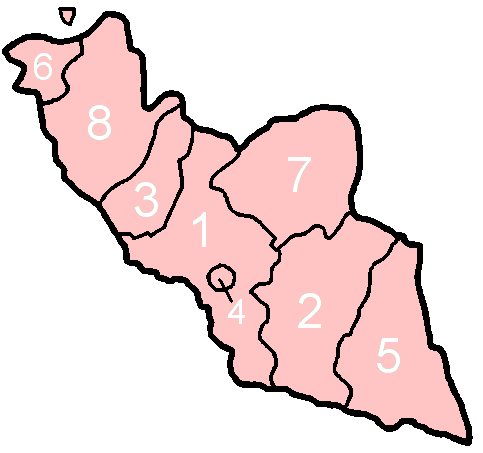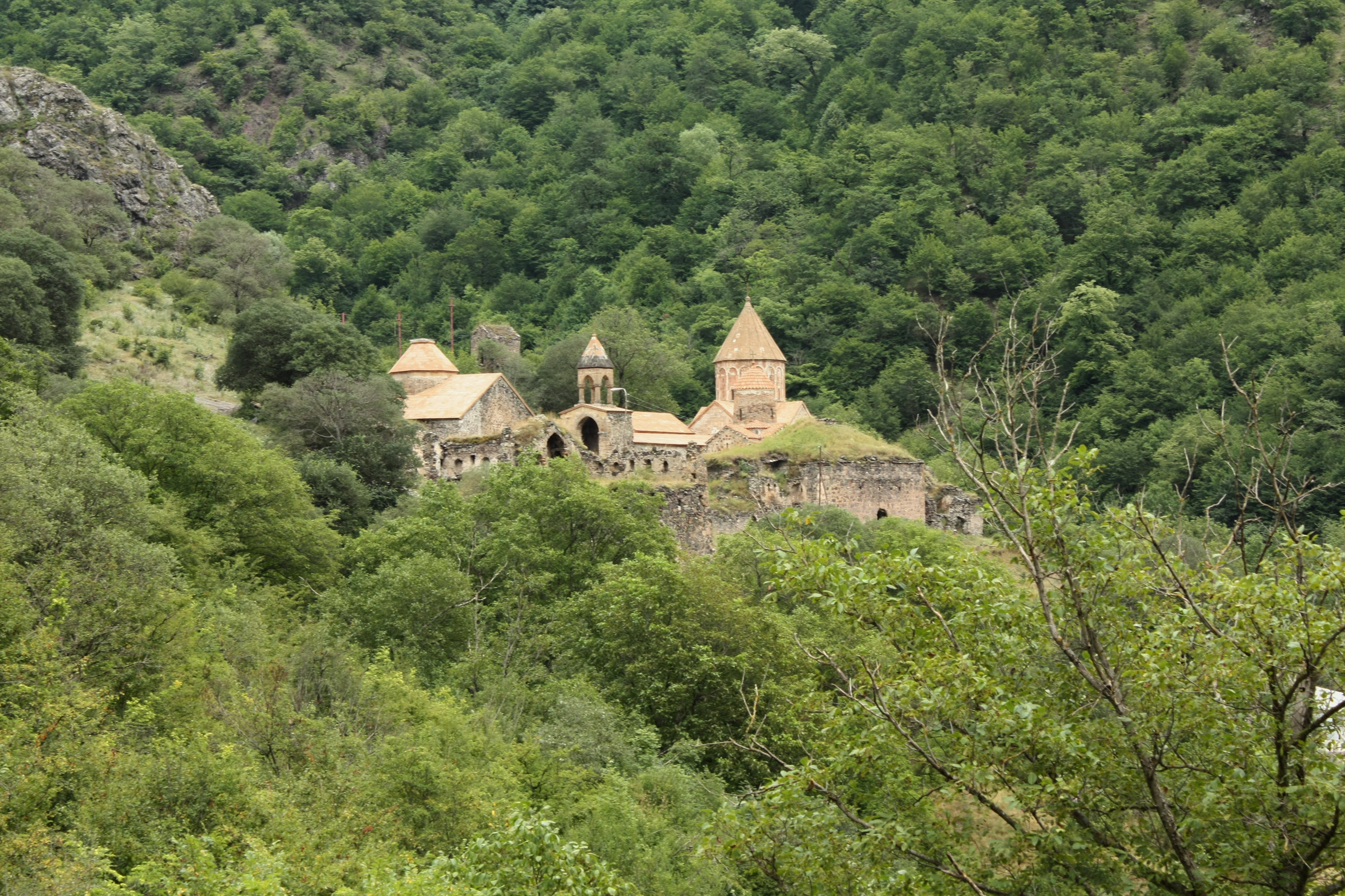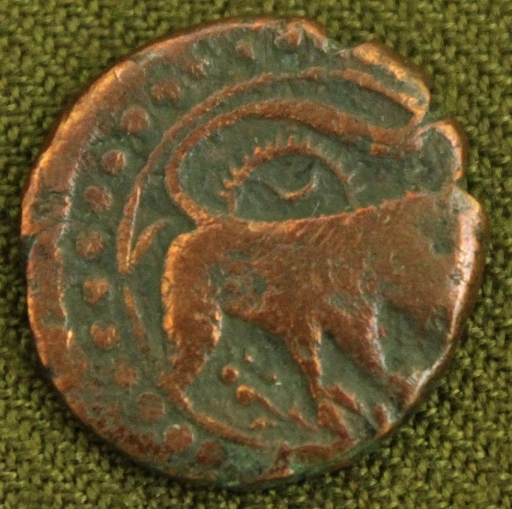|
Dəmirçi, Nakhchivan
Dəmirçi () is a village in the Sadarak District of Nakhchivan Autonomous Republic, Azerbaijan. It is located in the near of the Nakhchivan-Sadarak highway, 11 km in the north-west from the district center, on the Sharur plain. Its population is busy with grain-growing, vegetable-growing, beet-growing and animal husbandry. There are two secondary schools, cultural house, library, kindergarten, hospital and a "''Binamaz Əhməd''" sacred place of 18th century in the village. It has a population of 5,092. It is the closest settlement to Azerbaijan's only crossing point to Turkey, an important lifeline for the Nakhchivan exclave after the closure of the Armenian border following the First Nagorno-Karabakh War. Etymology The name of Dəmirçi (Damirchi) village is supposed to be associated with the Turkic tribe of ''dəmirçilər'' (damirchis).''Encyclopedic dictionary of Azerbaijan toponyms''. In two volumes. Volume I. p. 304. Baku: "East-West". 2007. . According to the informa ... [...More Info...] [...Related Items...] OR: [Wikipedia] [Google] [Baidu] |
Administrative Divisions Of Azerbaijan
Azerbaijan is administratively divided into 67 districts () and 11 cities () that are subordinate to the Republic. Out of these districts and cities, 7 districts and 1 city are located within the Nakhchivan Autonomous Republic. The districts are further divided into Municipalities of Azerbaijan, municipalities (). Additionally, the districts of Azerbaijan are grouped into 14 Economic regions of Azerbaijan, Economic Regions (). On 7 July 2021, President of Azerbaijan Ilham Aliyev signed a decree "On the new division of economic regions in the Republic of Azerbaijan". Administrative divisions Contiguous Azerbaijan The list below represents the districts of contiguous Azerbaijan. For those of the Nakhchivan exclave, see further below. Nakhchivan Autonomous Republic The seven districts and one municipality of the Nakhchivan Autonomous Republic are listed below. Economic regions Nagorno-Karabakh The territory of former Nagorno-Karabakh Autonomous Oblast presently ... [...More Info...] [...Related Items...] OR: [Wikipedia] [Google] [Baidu] |
Seljuk Empire
The Seljuk Empire, or the Great Seljuk Empire, was a High Middle Ages, high medieval, culturally Turco-Persian tradition, Turco-Persian, Sunni Islam, Sunni Muslim empire, established and ruled by the Qiniq (tribe), Qïnïq branch of Oghuz Turks. The empire spanned a total area of from Anatolia and the Levant in the west to the Hindu Kush in the east, and from Central Asia in the north to the Persian Gulf in the south, and it spanned the time period 1037–1308, though Seljuk rule beyond the Anatolian peninsula ended in 1194. The Seljuk Empire was founded in 1037 by Tughril (990–1063) and his brother Chaghri Beg, Chaghri (989–1060), both of whom co-ruled over its territories; there are indications that the Seljuk leadership otherwise functioned as a triumvirate and thus included Seljuk dynasty, Musa Yabghu, the uncle of the aforementioned two. During the formative phase of the empire, the Seljuks first advanced from their original homelands near the Aral Sea into Greater Kho ... [...More Info...] [...Related Items...] OR: [Wikipedia] [Google] [Baidu] |
Fuzuli District
Fuzuli District () is one of the 66 districts of Azerbaijan. It is located in the south-west of the country and belongs to the Karabakh Economic Region. The district borders the districts of Khojavend, Aghjabadi, Beylagan, Jabrayil, and the Ardabil Province of Iran. Its capital is Fuzuli, however since the city is completely ruined following the First Nagorno-Karabakh War, the current '' de facto'' capital is Horadiz until Fuzuli is rebuilt. As of 2020, the district had a nominal population of 133,800. History The western half, including the capital, was captured by Armenian militias and controlled by the self-proclaimed Nagorno-Karabakh Republic, as a result of the First Nagorno-Karabakh War. Horadiz became the temporary administrative centre of Fuzuli District due to the city of Fuzuli's occupation by Armenian forces on 23 August 1993. On October 17, 2020, most of the occupied portion of the district including the capital Fuzuli was announced to have been recaptured ... [...More Info...] [...Related Items...] OR: [Wikipedia] [Google] [Baidu] |
Kalbajar District
Kalbajar District () is one of the 66 Administrative divisions of Azerbaijan, districts of Azerbaijan. It is located in the west of the country and belongs to the East Zangezur Economic Region. The district borders the districts of Lachin District, Lachin, Khojaly District, Khojaly, Agdam District, Agdam, Tartar District, Tartar, Goranboy District, Goranboy, Goygol District, Goygol and Dashkasan District, Dashkasan districts of Azerbaijan, as well as the Gegharkunik Province, Gegharkunik and Vayots Dzor Province, Vayots Dzor provinces of Armenia. Its capital and largest city is Kalbajar. As of 2020, the district had a nominal population of 94,100. History In Turkic languages, Turkic ''Kalbajar'' means ''"Castle on the mouth of the river"''. The city of Kalbajar was renamed to ''Karvachar'' () after its occupation in the First Nagorno-Karabakh war, which corresponds to the ancient district of Vaykunik, one of 12 cantons of Artsakh (historic province), Artsakh.Robert H. Hewsen, ' ... [...More Info...] [...Related Items...] OR: [Wikipedia] [Google] [Baidu] |
Shamakhi District
Shamakhi District () is one of the 66 districts of Azerbaijan. It is located in the east of the country and belongs to the Mountainous Shirvan Economic Region. The district borders the districts of Quba, Khizi, Gobustan, Hajigabul, Agsu, and Ismayilli. Its capital and largest city is Shamakhi. As of 2020, the district had a population of 106,400. In its history, eleven major earthquakes have rocked Shamakhi, but each time it was reconstructed by its inhabitants due to its role as the economic and administrative capital of Shirvan and one of the key towns on the way of the Silk Road. The only building to have survived eight of the eleven earthquakes is the landmark Juma Mosque (8th century CE). History Shamakhi was first mentioned as ''Kamachia'' by ancient Greco-Roman geographer Claudius Ptolemaeus in the 1st to 2nd century CE. It was an important town during the Middle Ages and served as the capital of the Shirvanshah state from the 8th to 15th centuries and capital of ... [...More Info...] [...Related Items...] OR: [Wikipedia] [Google] [Baidu] |
Shusha District
Shusha District () is one of the 66 districts of Azerbaijan. It is located in the west of the country and belongs to the Karabakh Economic Region. The district borders the districts of Khojaly, Lachin, and Khojavend. Its capital and largest city is Shusha. As of 2020, the district had a nominal population of 34,700. Finally villages of Malıbəyli, Aşağı Quşçular and Yuxarı Quşçular were transferred to Khojaly District according to passing law in 5 December 2023. History The district was formerly part of the Shusha District of the Nagorno-Karabakh Autonomous Oblast (NKAO) of Azerbaijan SSR during the Soviet times. It was the only district of NKAO to have an Azerbaijani majority with a significant Armenian minority. The district came under the control of the Armenian forces during the First Nagorno-Karabakh War and was made part of the Shushi Province of the self-proclaimed Republic of Artsakh. However, in 2020, parts of the district, including its capital, Shusha ... [...More Info...] [...Related Items...] OR: [Wikipedia] [Google] [Baidu] |
Nakhchivan Khanate
The Nakhichevan Khanate () was a khanate under Iranian suzerainty, which controlled the city of Nakhichevan and its surroundings from 1747 to 1828. The territory of the khanate corresponded to most of the present-day Nakhchivan Autonomous Republic and Vayots Dzor Province of present-day Armenia. History Nakhichevan is both the name of a city and historical region located in the Armenian highlands in the South Caucasus. Until the demise of Safavid Iran, Nakhichevan was under the administrative jurisdiction of the Erivan Province (also known as Chokhur-e Sa'd). Shortly after the recapture of Yerevan in 1604 during the Ottoman–Safavid War of 1603–1618, then incumbent king (shah) Abbas I (r. 1588–1620) appointed as its new governor Cheragh Sultan Ustajlu, who, after his brief tenure, was succeeded by Maqsud Sultan. Maqsud Sultan was a military commander who hailed from the Kangarlu branch of the Ustajlu tribe, the latter being one of the original Qizilbash tribes that had ... [...More Info...] [...Related Items...] OR: [Wikipedia] [Google] [Baidu] |
Erivan Khanate
The Erivan Khanate (), also known as , was a Khanates of the Caucasus, khanate (i.e., province) that was established in Afsharid dynasty, Afsharid Iran in the 18th century. It covered an area of roughly 19,500 km2, and corresponded to most of present-day central Armenia, the Iğdır Province and the Kars Province's Kağızman district in present-day Turkey and the Sharur District, Sharur and Sadarak District, Sadarak districts of the Nakhchivan Autonomous Republic of present-day Azerbaijan. Following the death of Nader Shah in 1747, Iranian authority over the territories north of the Aras River was greatly weakened, and the Erivan Khanate became a tributary of King Heraclius II of Georgia. This arrangement persisted after Karim Khan Zand nominally restored Iranian authority in the South Caucasus. The Georgian king attacked the khanate multiple times when the khan attempted to avoid paying tribute. Like some of the other khans of the Caucasus, Mohammad Khan Qajar of Erivan, Mo ... [...More Info...] [...Related Items...] OR: [Wikipedia] [Google] [Baidu] |
Panah Ali Khan
Panah Ali Khan Javanshir (; ; 1693 – 1759 or 1763) was the founder and first ruler of the Karabakh Khanate under Persian suzerainty. Ancestry Panah Ali Khan was from the Sarijali branch of the Javanshir clan, who with their associate clan of Otuz-Iki (meaning 'thirty-two' in Turkic) had long been rivals of the Yirmi-Dört (meaning 'twenty-four' in Turkic) and Ziyadoghlu Qajars of Ganja, whose chiefs had been official rulers of Karabakh since Safavid times. His father's name was Ibrahim Agha Javanshir, but information on his further ancestry is quite complicated. According to Mirza Adigozal Bey, Panah Ali's paternal great-grandfather and namesake Panah Ali Bey served at the headquarters of the governors (''beglarbegs'') of the Karabakh-Ganja province in the early 17th century, at the time when the region was directly controlled by the Safavid Empire of Iran. He soon retired, married a woman from the Javanshir clan of Karabakh and had a son by the name of Ali (nicknamed '' ... [...More Info...] [...Related Items...] OR: [Wikipedia] [Google] [Baidu] |
Kars
Kars ( or ; ; ) is a city in northeast Turkey. It is the seat of Kars Province and Kars District.İl Belediyesi , Turkey Civil Administration Departments Inventory. Retrieved 1 March 2023. As of 2022, its population was 91,450. Kars, in classical historiography (Strabo), was in the ancient region known as ''Chorzene'' (), part of the province of Ayrarat in the Kingdom of Armenia (antiquity), Kingdom of Armenia, and later the historic capitals of Armenia, capital of the Bagratid Kingdom of Armenia from 929 to 961. Currently, the mayor of Kars is Ötüken Senger. The city had an Armenians, Armenian ethnic majority until it was re-captured by Turkish National Movement, Turkish nationalist forces in late 1920. Etymology The city's name may derive from the Armenian language, Armenian w ...[...More Info...] [...Related Items...] OR: [Wikipedia] [Google] [Baidu] |
Malik-Shah I
Malik-Shah I (, ) was the third sultan of the Seljuk Empire from 1072 to 1092, under whom the sultanate reached the zenith of its power and influence. During his youth, he spent his time participating in the campaigns of his father Alp Arslan, along with the latter's vizier Nizam al-Mulk. During one such campaign in 1072, Alp Arslan was fatally wounded and died only a few days later. After that, Malik-Shah was crowned as the new sultan of the empire, but the succession was contested by his uncle Qavurt. Although Malik-Shah was the nominal head of the Seljuk state, Nizam al-Mulk held near absolute power during his reign. Malik-Shah spent the rest of his reign waging war against the Karakhanids to the east and establishing order in the Caucasus. The cause of Malik-Shah's death remains under dispute to this day; according to some scholars, he was poisoned by Abbasid caliph al-Muqtadi, while others say that he was poisoned by the supporters of Nizam al-Mulk. Etymology Although ... [...More Info...] [...Related Items...] OR: [Wikipedia] [Google] [Baidu] |
Sultan
Sultan (; ', ) is a position with several historical meanings. Originally, it was an Arabic abstract noun meaning "strength", "authority", "rulership", derived from the verbal noun ', meaning "authority" or "power". Later, it came to be used as the title of certain rulers who claimed almost full sovereignty (i.e., not having dependence on any higher ruler) without claiming the overall caliphate, or to refer to a powerful governor of a province within the caliphate. The adjectival form of the word is "sultanic", and the state and territories ruled by a sultan, as well as his office, are referred to as a sultanate ( '. The term is distinct from king ( '), though both refer to a sovereign ruler. The use of "sultan" is restricted to Muslim countries, where the title carries religious significance, contrasting the more secular ''king'', which is used in both Muslim and non-Muslim countries. Brunei, Malaysia and Oman are the only sovereign states which retain the title "sultan" ... [...More Info...] [...Related Items...] OR: [Wikipedia] [Google] [Baidu] |









